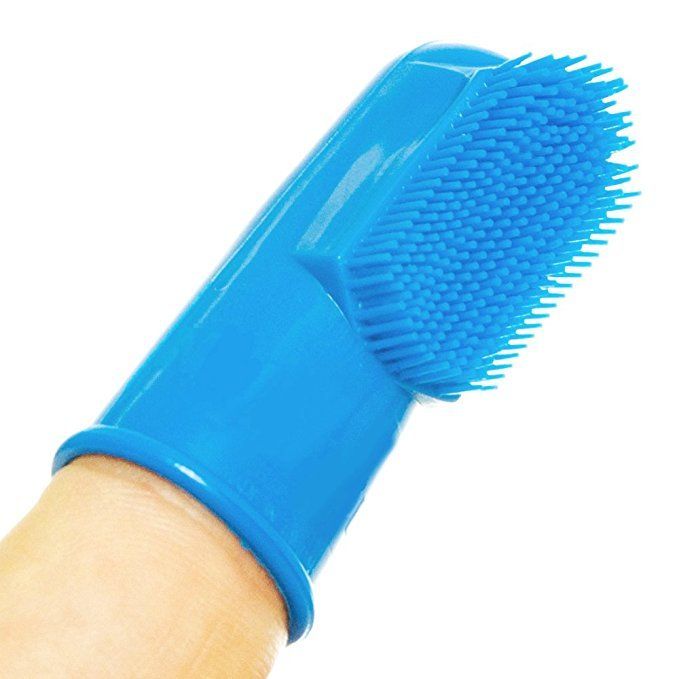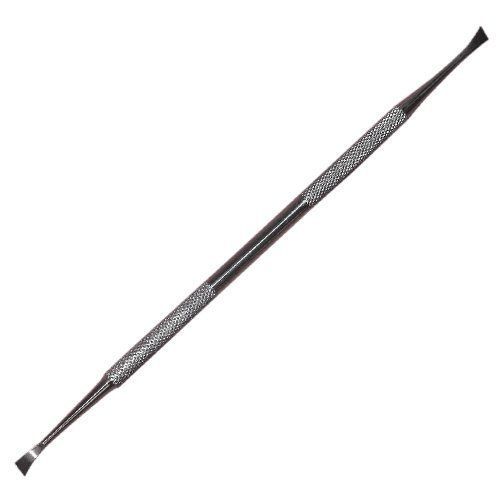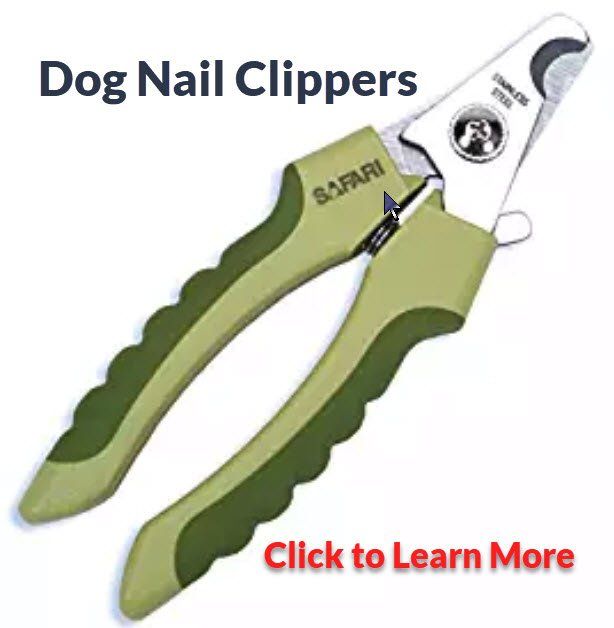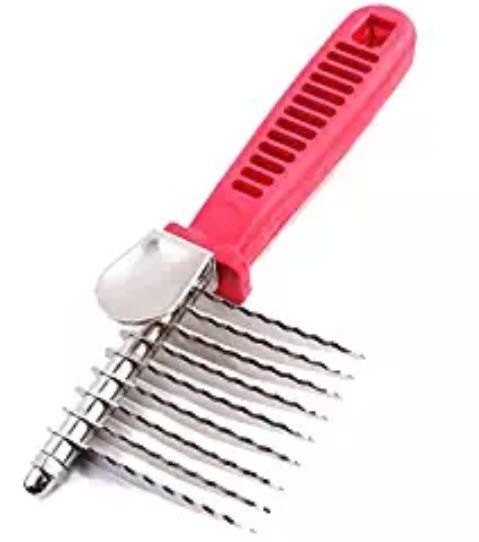Why and How Often to Clean Your Dog's Teeth
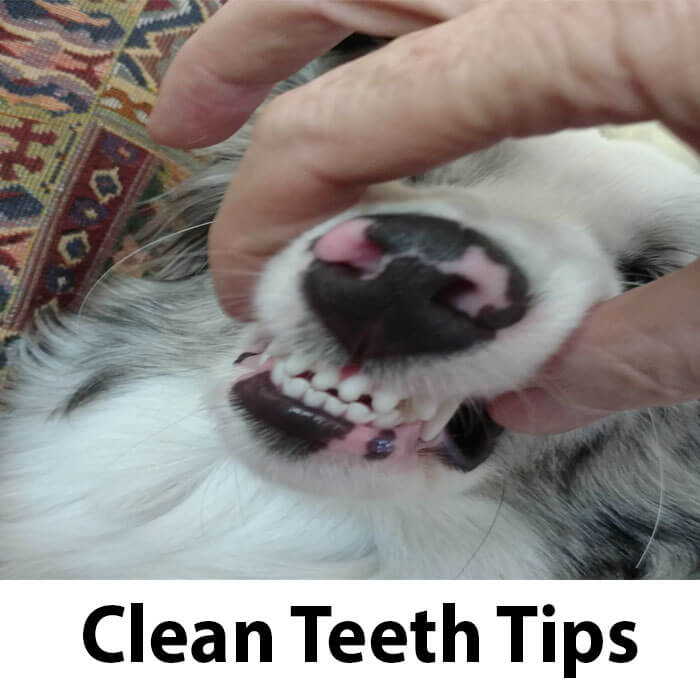
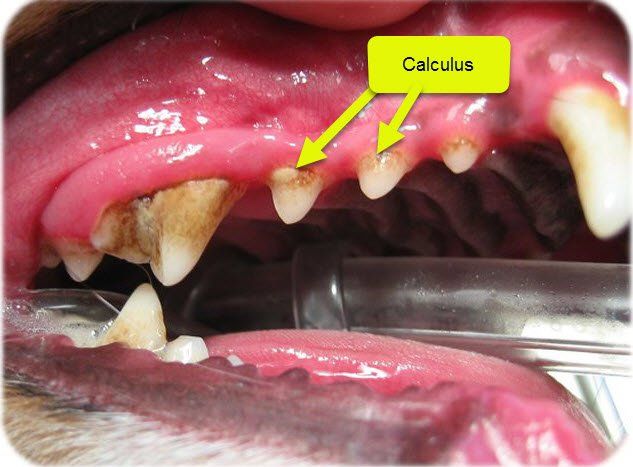
Above: Calculus forming

Above: Momo's teeth.
Be Good to Your Dog. Brush Your Dog Teeth!
Part of good dog grooming involves using tools like: dog dematting comb, dog nail clippers, tooth scaler and special dog tooth brushes.
Dog's don't have as many problems with their teeth as humans because they don't eat refined sugar and other "bad stuff" that humans consume.
Bacterial Plaque.
But bacterial plaque may still form on dog's teeth and if not removed within 24 hours, the plaque can harden to what dentists call calculus or what the lay person calls "tartar." Bacterial plaque is an invisible
"muco-protein matrix." This is often misunderstood, even by some professionals. You cannot see bacterial plaque (unless it is stained with a special "disclosing solution." )
Calculus.
Calculus is porous and sticks to teeth and cannot be removed by simple brushing. Special dental instruments called scalers, or machines called Cavatrons must be used to break off the calculus using ultrasonic vibrations -- 50,000 vibrations per second! Calculus removal by a vet can be very expensive!
Anesthesia.
Dogs are often given general anesthesia and sometimes even a local anesthetic so the vet can concentrate on removing the calculus. As shown in the video "Dog Teeth Cleaning without Anestheia" it is possible to remove calculus without anesthesia, but as you can see it is not easy or fun for your dog.
Uplifting News.
The uplifting news is that if you clean your dog's teeth once every 24 hours, you can stop the formation of calculus and you won't need a "scraper" or scaler. (My video on how to do this will come soon.)
A Dog in Trouble! But if we let calculus form, then our dog is in trouble. Why? Because calculus is porous; it is a "wonderful" landing spot for additional plaque. The bacterial plaque sticks to the calculus like superglue and then cannot be brushed away either. So more calculus builds up and more and more forms as time goes on.
Plaque Sticks. Remember, plaque sticks to the calculus! The bacteria in the muco protein matrix (plaque) will consume food particles in your dog's mouth and secrete toxins -- poisons that will attack your dogs gums. Your dog's gums will swell, and change color where the gums meet the calculus at the "gum line." Your dog may be in store for pain, bone and tooth loss. Some believe that other issues like heart, liver, and kidney ailments may arise.
Obsessed.
That's why I am obsessed about cleaning Magic Momo Superdog's teeth and I think you should be obsessed in the same way about cleaning your dog's teeth, too!
Stay Tuned.
Soon I will upload a video showing how to clean your dog's teeth without using anesthesia or a scaler (scraper) -- the trick is you must do it once daily. You brush your teeth at least once a day -- that's good enough for you -- so it's good enough for your pooch, too. Here are some tips: start small. Take small steps to perfection. Just brush a few teeth and reward your dog immediately after brushing. Make it fun. Gradually increase the number of teeth you can brush. Set a goal of brushing one quadrant well , then, two, then three, and finally all four. Don't next neglect the lingual (tongue) side of your dogs teeth. More on this later!
